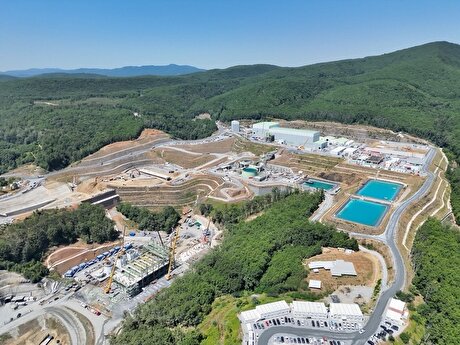
Alamos Gold says ‘political agenda’ behind massive protest against its Turkish project

Alamos’ chief executive, John McCluskey, also denied claims that cyanide use in ore processing would leak into the surrounding area, part of a forestry reserve, adding that opposition against the gold project in western Turkey was based on politically-motivated misinformation.
Thousands of Turks, including opposition lawmakers staged a peaceful protest on Monday on news that Alamos Gold’s local subsidiary, Dogu Biga Mining, had reportedly cut down four times the number of trees allowed by the government.
The country’s authorities had allowed the clear-cut of roughly 45,000 trees, but reduced that number considerably after consulting a July study. The Turkish Foundation for Combating Soil Erosion (TEMA), however, recently published images obtained with the help of satellite showing what it is supposed to be evidence of Alamos’ removal of at least 200,000 trees.
About 5,000 protesters from across the country gathered on August 5 on a hill near the planned mine site to express their opposition to the project. (Image courtesy of Antigold.)
“As part of the forestry permit, we have paid about $5 million [and] a big component of that fee is to pay for reforestation,” McCluskey told Reuters, adding that only government authorities were allowed to cut trees, not the company.
“In six and a half years, the whole focus of this area will be to replant. And in a decade, maybe a bit more than that, it will look like a forest again,” he said.
Opponents also fear the mine will have a devastating environmental impact on area, part of the biodiversity-rich Ida mountain range, and contaminate the local fresh water supply. The Kirazli gold project is located just 14 km. (9 miles) from the Atikhisar reservoir, the region’s biggest fresh water source.
McCluskey said that while cyanide will be used on site, it will only be added in the final step of the extraction process, adding that Alamos had taken measures to ensure there would be no impact in the area.
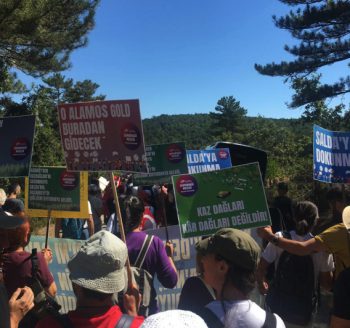
A few dozen environmentalists have slept in tents since July 26 as part of what they call a “Watch for Water and Conscience.” (Image courtesy of Greenpeace Turkey.)
“There has been very deliberate misinformation about this project that is being published in an effort to get very rapidly a very emotive social media response,” he noted.
In late July, about 300 people set up a protest camp near the cordoned off mine construction site. And that number keeps growing. Thanks to the Twitter hashtag #kazdaginadokunma (“Don’t touch my Ida mountains”) the group has so far gotten more than 10,000 supporters of their cause.
When built, the Kirazli gold mine is expected to produce an average of 104,000 ounces at all-in sustaining costs of $373 per ounce over a five-year mine life.
Alamos currently has two operating mines in Canada (Young-Davidson and Island Gold in northern Ontario), and two mines in Mexico (Mulatos and El Chanate, both in Sonora state).
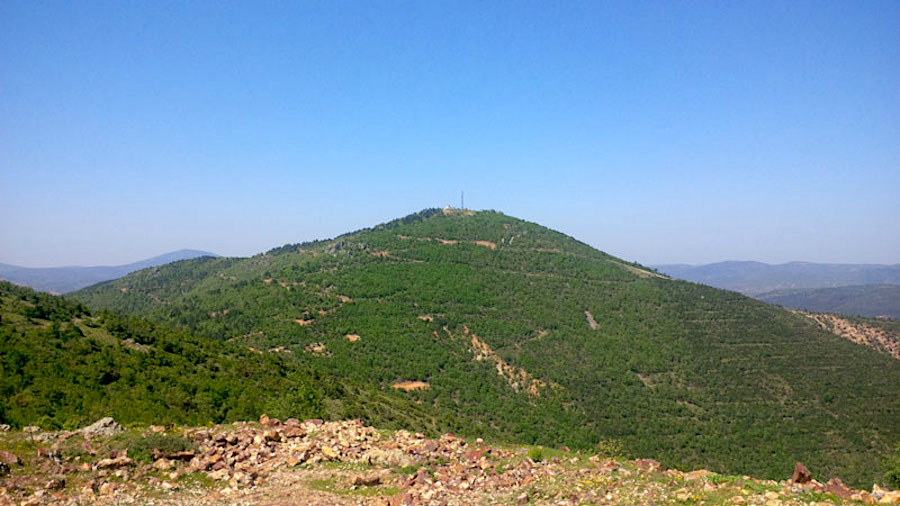

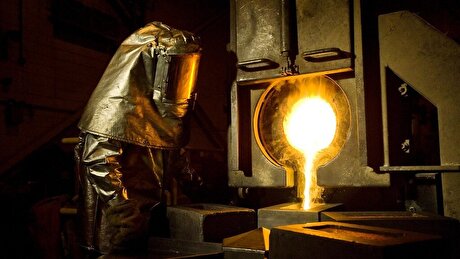
Newmont nets $100M payment related Akyem mine sale

First Quantum scores $1B streaming deal with Royal Gold

Caterpillar sees US tariff hit of up to $1.5 billion this year
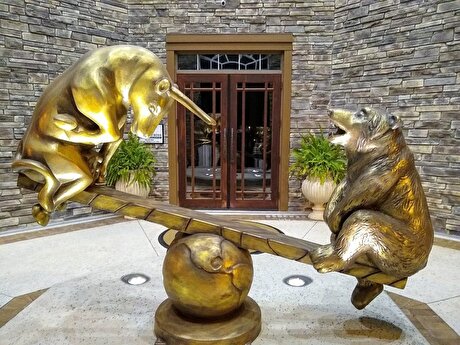
Gold price rebounds nearly 2% on US payrolls data

Goldman told clients to go long copper a day before price plunge

Australia pledges $87M to rescue Trafigura’s Nyrstar smelters in critical minerals push

Copper price posts second weekly drop after Trump’s tariff surprise
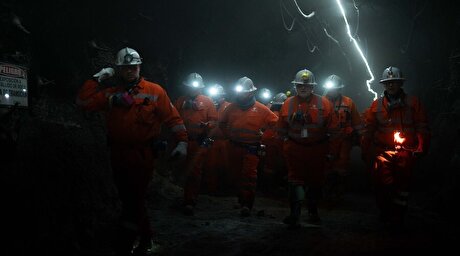
One dead, five missing after collapse at Chile copper mine
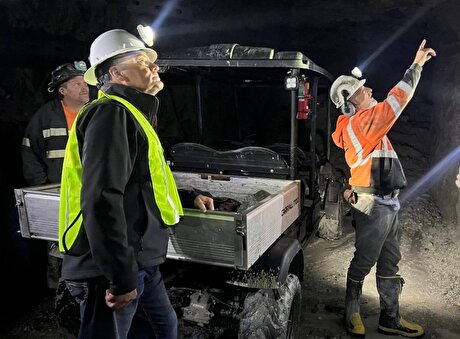
Idaho Strategic rises on gold property acquisition from Hecla

Codelco seeks restart at Chilean copper mine after collapse

US slaps tariffs on 1-kg, 100-oz gold bars: Financial Times
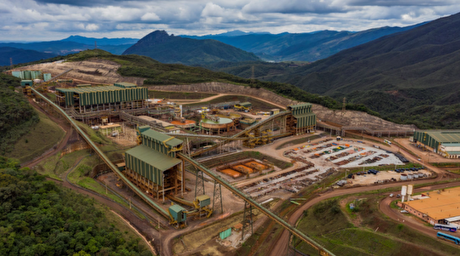
BHP, Vale offer $1.4 billion settlement in UK lawsuit over Brazil dam disaster, FT reports
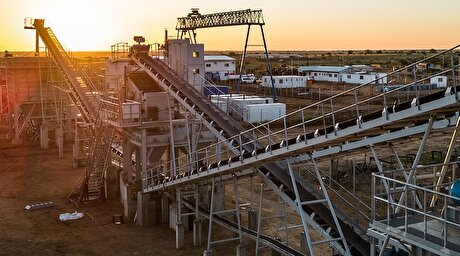
NextSource soars on Mitsubishi Chemical offtake deal

Copper price slips as unwinding of tariff trade boosts LME stockpiles

SAIL Bhilai Steel relies on Danieli proprietary technology to expand plate mill portfolio to higher steel grades

Alba Discloses its Financial Results for the Second Quarter and H1 of 2025
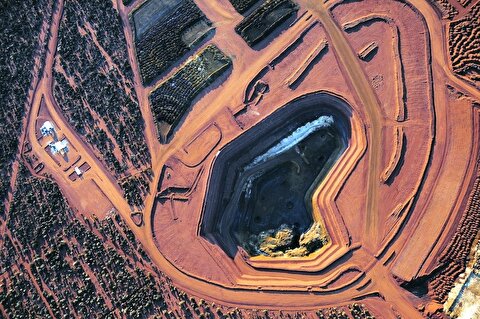
Australia weighs price floor for critical minerals, boosting rare earth miners

Australia pledges $87M to rescue Trafigura’s Nyrstar smelters in critical minerals push

Fresnillo lifts gold forecast on strong first-half surge

US slaps tariffs on 1-kg, 100-oz gold bars: Financial Times

BHP, Vale offer $1.4 billion settlement in UK lawsuit over Brazil dam disaster, FT reports

NextSource soars on Mitsubishi Chemical offtake deal

Copper price slips as unwinding of tariff trade boosts LME stockpiles

SAIL Bhilai Steel relies on Danieli proprietary technology to expand plate mill portfolio to higher steel grades

Alba Discloses its Financial Results for the Second Quarter and H1 of 2025

Australia weighs price floor for critical minerals, boosting rare earth miners

Australia pledges $87M to rescue Trafigura’s Nyrstar smelters in critical minerals push

Fresnillo lifts gold forecast on strong first-half surge














